
Kimchi itself has been a staple in Korean cuisine for centuries, with records of its consumption dating back to the 7th century. The fermentation of vegetables was an important preservation method in ancient Korea, and kimchi quickly became a popular way to preserve and flavor vegetables. Fried rice, on the other hand, is believed to have originated in China around 4000 years ago. The dish quickly spread throughout Asia and eventually made its way to Korea, where it was adapted and transformed into a unique Korean dish. The combination of kimchi and fried rice is believed to have first appeared in the 1960s in South Korea, during a time of rapid economic growth and increasing globalization. As South Korea became more connected to the rest of the world, people began experimenting with new flavors and ingredients, and kimchi fried rice was born.
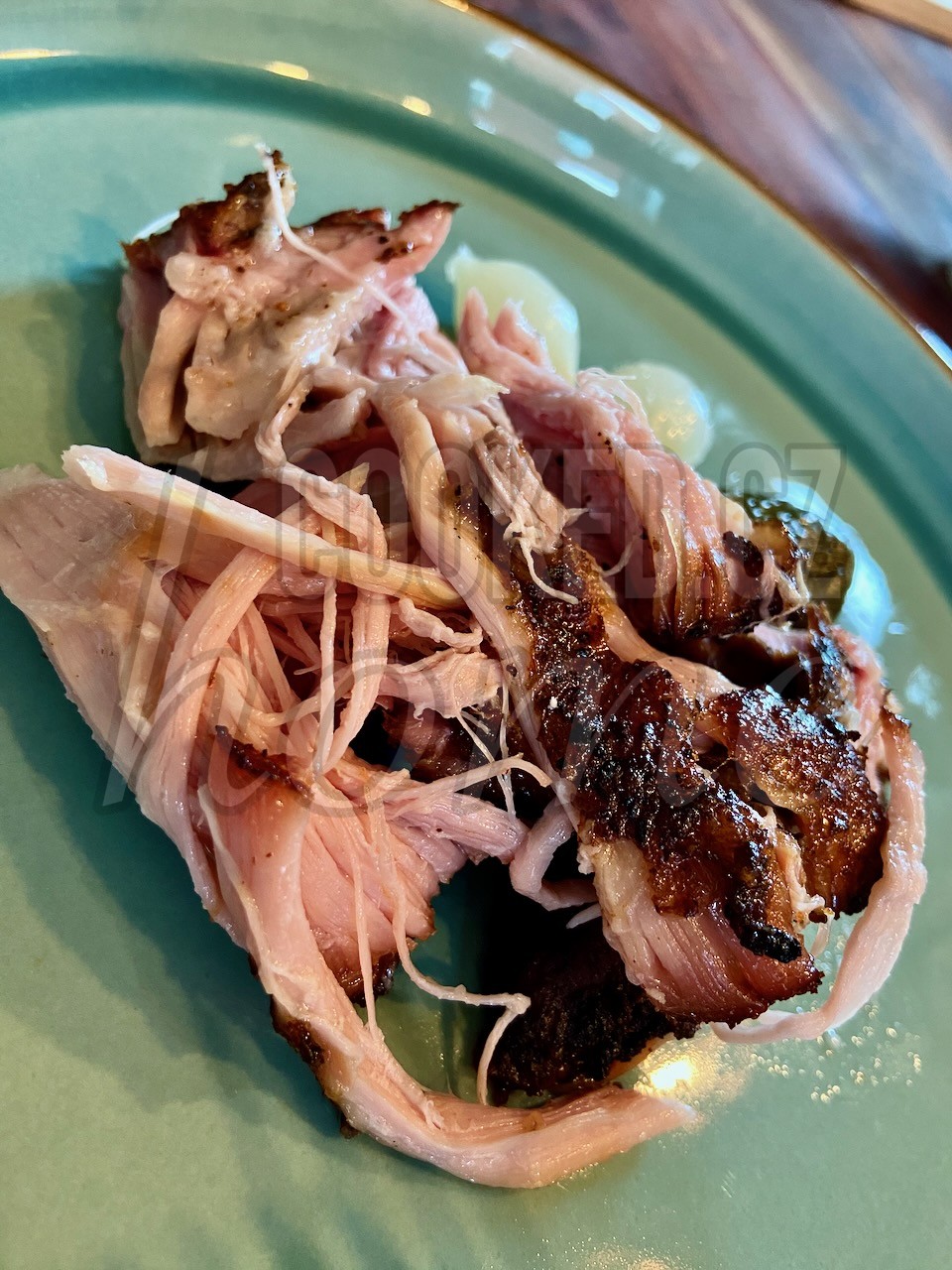
One of the earliest known recipes for baking pork shank can be found in a medieval German cookbook called the “Kochbuch Meister Eberhards.” This cookbook, which dates back to the 14th century, contains a recipe for baked pork shank that involves roasting the meat with onions and herbs. In many other cultures, baked pork shank is a popular dish for special occasions and holidays. For example, in China, baked pork shank is a staple dish for the Lunar New Year, and it is often served with vegetables and rice. In the Czech Republic, baked pork shank is a traditional dish that is served with sauerkraut and dumplings.
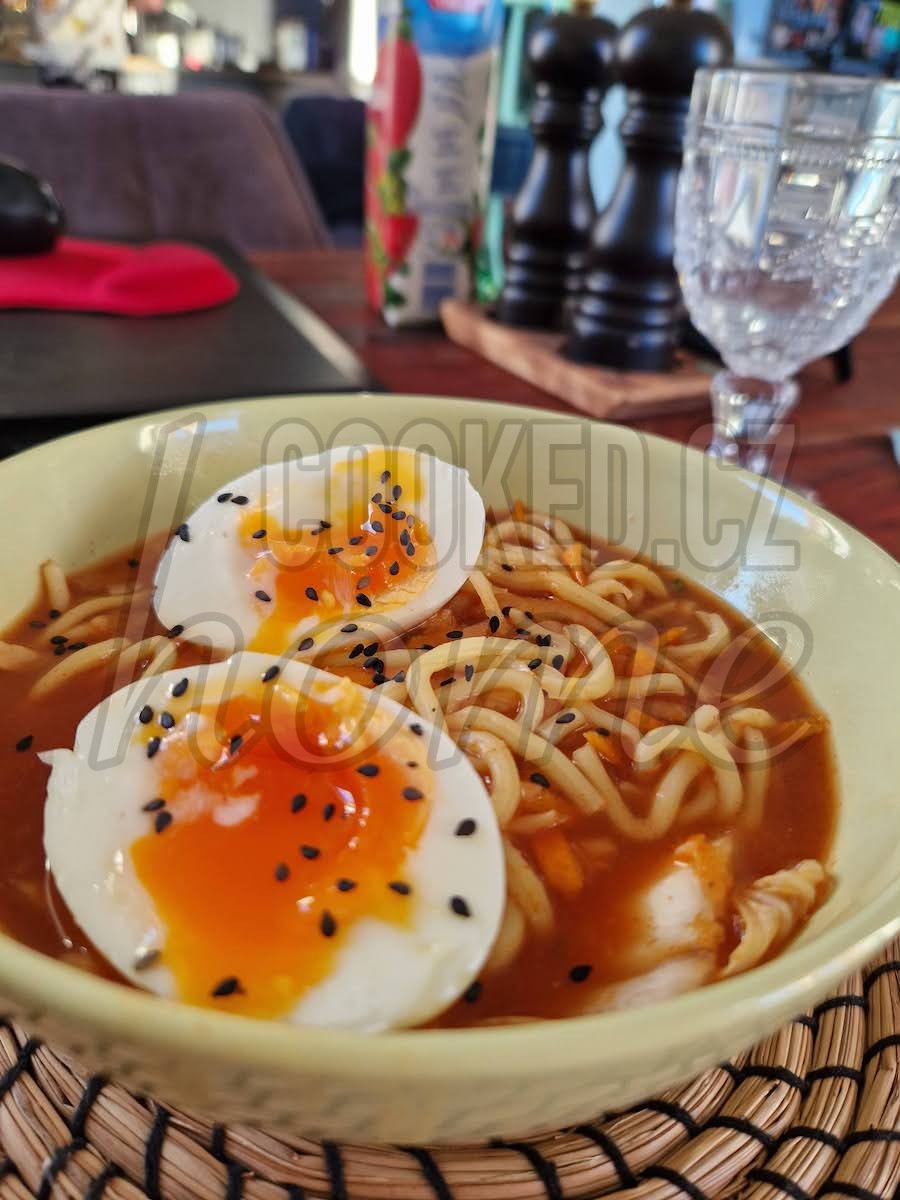
Kimchi miso ramen is a fusion dish that combines Korean kimchi, Japanese miso, and ramen noodles. The origins of this dish are not clear, but it likely emerged as a result of cultural exchange between Japan and Korea. Kimchi miso ramen likely originated in Japan, where ramen is a popular dish and various regional variations exist. In recent years, there has been a trend in Japan of incorporating Korean ingredients and flavors into Japanese cuisine, including kimchi.

The origins of kimchi fried noodles can be traced back to the early 20th century when Chinese immigrants settled in Korea and brought with them their traditional dishes. Over time, these dishes were adapted to the local palate and ingredients, giving rise to Korean-Chinese cuisine. Kimchi fried noodles became particularly popular in the 1960s and 1970s when Korean-Chinese restaurants began to appear in cities throughout Korea. This dish is variation of dish known as “jjajangmyeon” in Korean, is a popular Korean-Chinese dish that combines the spicy and tangy flavor of kimchi with the savory flavor of stir-fried noodles.

Kimchi cheese toast is a popular fusion dish that combines the Korean staple food, kimchi, with Western-style cheese toast. The exact origin of this dish is unclear, but it is believed to have emerged in South Korea in the 2000s as part of the growing trend of Korean fusion cuisine. Kimchi cheese toast has become a popular snack or light meal in South Korea, and has also gained popularity in other parts of the world, particularly in areas with a large Korean population or a strong interest in Korean cuisine. It is often served in cafes, restaurants, or street food stalls, and is also easy to make at home.

Earliest recorded instances of cookies dates back to Persia in the 7th century AD, where they were often served to guests with tea. Cookies eventually made their way to Europe through the Muslim conquests, and by the Middle Ages, various types of cookies were being made throughout the continent. The modern cookie, as we know it today, is thought to have originated in the United States in the 18th century, where Dutch settlers brought their tradition of making “koekjes,” or small cakes, to New Amsterdam (now known as New York City). Over time, these “koekjes” evolved into the cookies we know and love today, with countless variations and flavors.
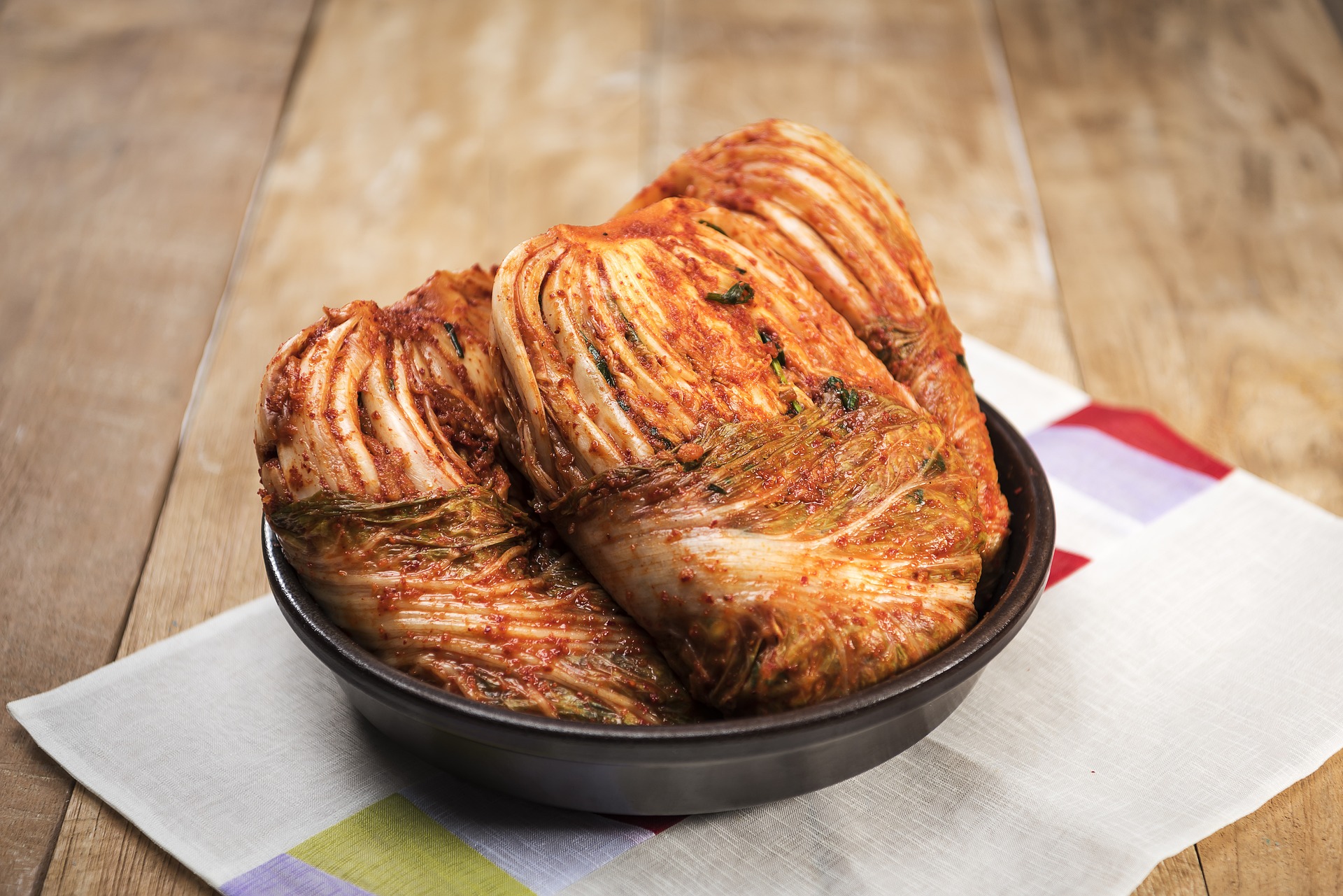
Kimchi is a traditional fermented dish from Korea that has been consumed for over a thousand years. It is made by fermenting vegetables such as napa cabbage, radish, scallions, or cucumbers, along with spices, salt, and other ingredients. The origins of kimchi can be traced back to ancient times, when people in Korea used to preserve vegetables by salting them and storing them in earthenware jars. Over time, this process evolved into the fermentation of vegetables with spices, which created a delicious and healthy food. Kimchi was an important part of the Korean diet, particularly during the winter months, when fresh vegetables were scarce. It was also considered a medicinal food, believed to help prevent illness and improve digestion. In the 16th century, kimchi became even more popular in Korea after the introduction of chili peppers, which added a spicy kick to the dish. The use of chili peppers also had health benefits, as it helped to increase circulation and improve digestion.
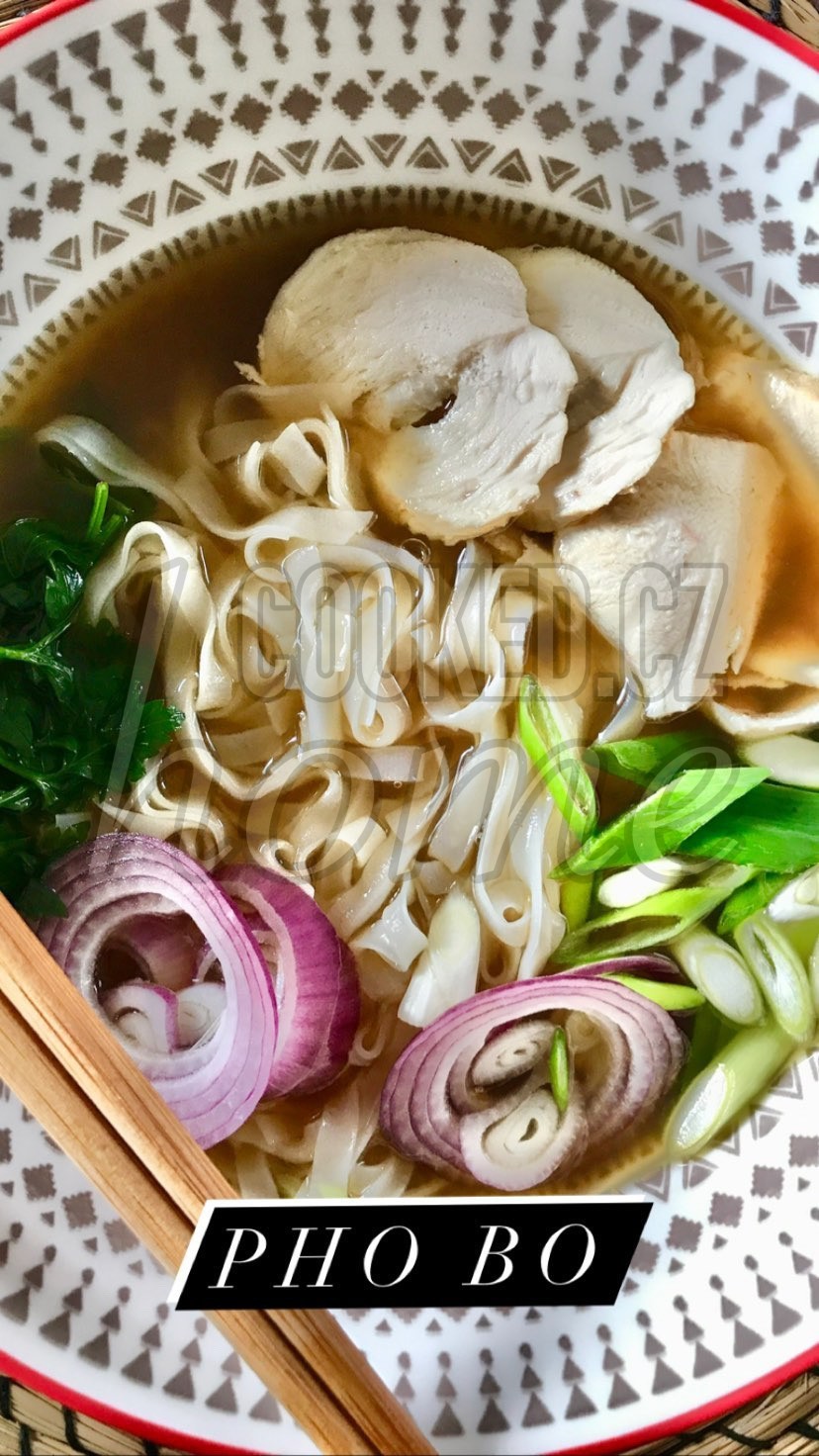
Pho soup is a traditional Vietnamese soup that has become popular around the world. The history of pho soup dates back to the early 20th century, during the French colonization of Vietnam. Pho soup was initially developed in Northern Vietnam, in the Hanoi region, as a street food sold by vendors who would roam the streets with their portable kitchens. The word “pho” is believed to have been derived from the French word “pot-au-feu,” which means “pot on the fire.” The original pho soup was made with beef bones, which were simmered for several hours to create a flavorful broth. The broth was then seasoned with spices such as star anise, cinnamon, and cloves, and served with rice noodles, thinly sliced beef or chicken, and fresh herbs like cilantro and basil. Pho soup quickly became popular among the working class in Vietnam, who would often eat it for breakfast or lunch. As the popularity of pho soup grew, more and more vendors began to sell it, and it eventually spread throughout the country.
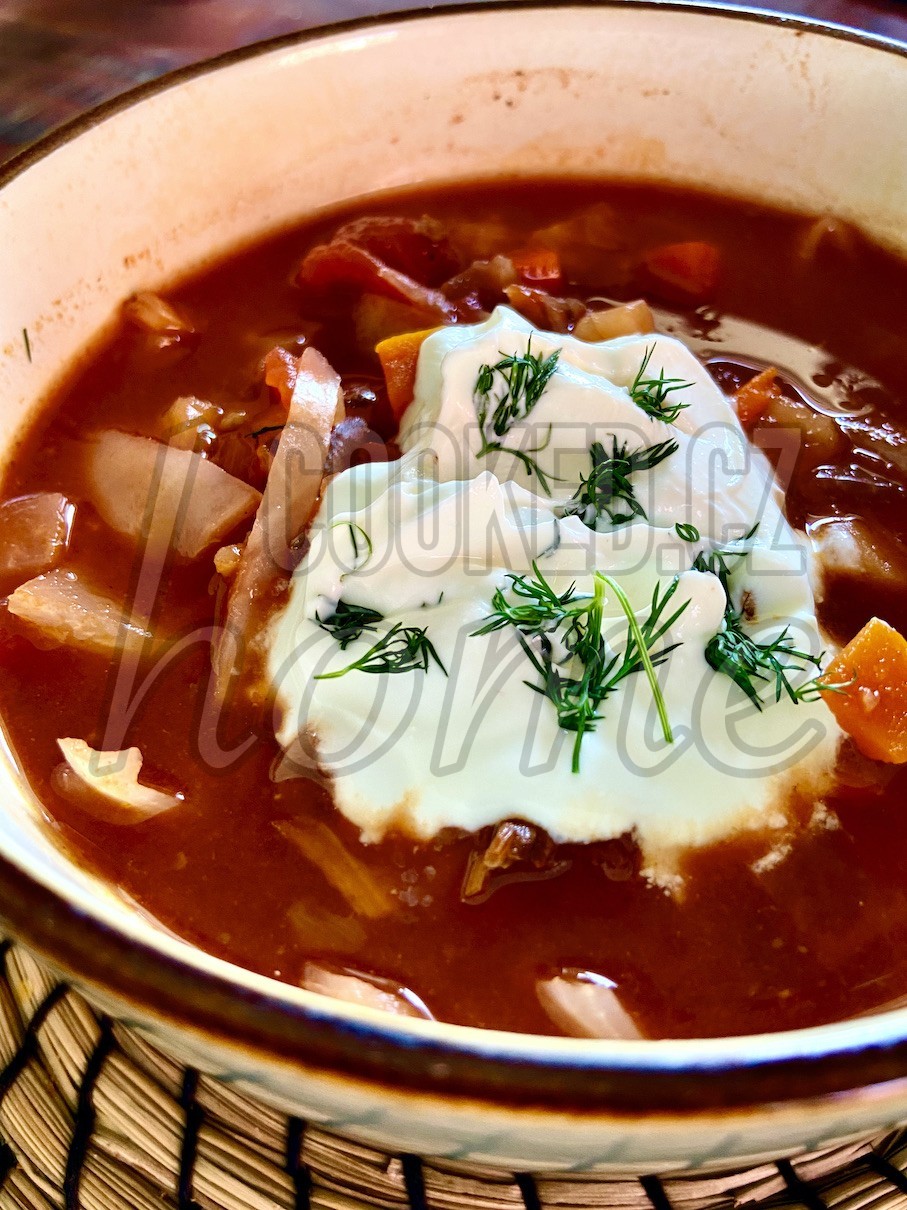
Borscht is a soup that is traditionally associated with Eastern European cuisine, particularly the cuisines of Ukraine, Russia, and Poland. The origins of borscht are somewhat unclear, but it is thought to have originated in the region of Eastern Europe that is now Ukraine. The earliest recorded mention of borscht dates back to the mid-16th century in Ukraine. The soup was made with beetroot, which was a popular ingredient in Ukrainian cuisine at the time. The name “borscht” comes from the Ukrainian word “borshch,” which means “sour.”
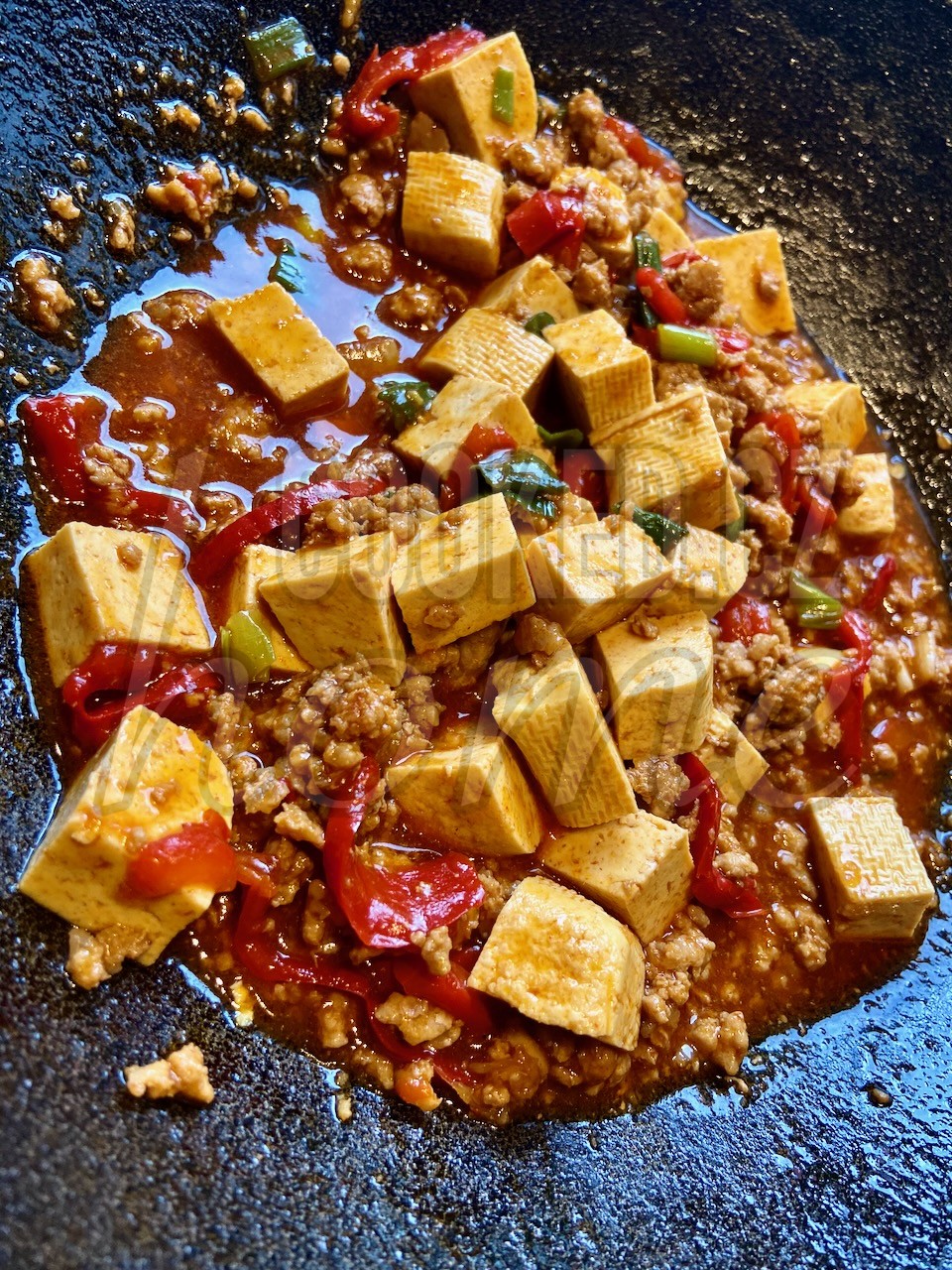
The history of Sichuan Mapo Tofu dates back to the Qing Dynasty in the late 1800s. The dish was created by a woman named Chen Mapo, who was the owner of a small restaurant in the Sichuan province. Chen Mapo was known for her delicious tofu dishes, and she created Sichuan Mapo Tofu as a way to use up leftover ingredients and satisfy her customers. The name “Mapo” comes from Chen Mapo’s nickname, which means “pockmarked old woman” in Sichuanese dialect. Legend has it that Chen Mapo was known for her pockmarked face, but her tofu dishes were so delicious that people continued to flock to her restaurant despite her appearance.









